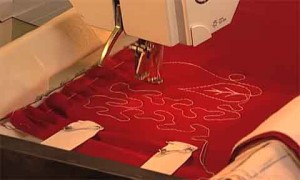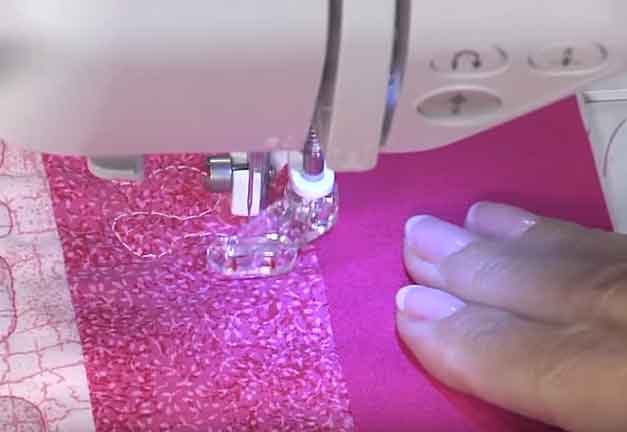Introduction to Free Motion Quilting
Quilting is a fun and rewarding hobby that allows you to create beautiful and functional pieces of art. One aspect of quilting that many people find intimidating is free motion quilting, which involves using a sewing machine to create intricate designs on the fabric. However, with a little practice and some helpful resources, you can easily master this technique and add a new dimension to your quilting projects.
 Free motion quilting involves using a sewing machine with the feed dogs lowered so that you can move the fabric in any direction you choose. This allows you to create designs that are not possible with traditional quilting techniques. While it may seem daunting at first, there are many resources available to help you get started.
Free motion quilting involves using a sewing machine with the feed dogs lowered so that you can move the fabric in any direction you choose. This allows you to create designs that are not possible with traditional quilting techniques. While it may seem daunting at first, there are many resources available to help you get started.
One great resource for free motion quilting patterns is the website www.freespiritfabrics.com. This website offers a wide variety of free motion quilting patterns that are perfect for both beginners and experienced quilters. The patterns range from simple geometric shapes to intricate floral designs, so you are sure to find something that suits your style.
Another great website for free motion quilting designs is www.quiltingboard.com. This site features a forum where quilters can share tips and advice, as well as a section dedicated to free motion quilting patterns. You can browse through hundreds of patterns, from simple loops and swirls to complex designs that incorporate feathers, leaves, and other motifs.
Starting with Simple Patterns: Meandering Stipple
If you are new to free motion quilting, it can be helpful to start with a simple pattern and work your way up to more complex designs. One great pattern to start with is the meandering stipple. This pattern involves simply stitching random curves and loops all over the fabric. It is easy to learn and creates a beautiful texture that is perfect for filling in large areas of a quilt.
Moving on to Complex Patterns: Swirls and Curls
Once you have mastered the meandering stipple, you can move on to more complex patterns. One popular design is the swirls and curls pattern, which involves stitching swirling lines that interlock with each other. This pattern is great for adding texture and movement to a quilt, and it can be adapted to fit any size or shape of fabric.
Pebbles Pattern for Texture and Interest
Another popular free motion quilting pattern is the pebbles pattern. This design involves stitching small circles that overlap each other, creating a textured surface that looks like pebbles or rocks. This pattern is great for adding interest to a solid-colored fabric, and it can be used to create a background texture or as a focal point in a quilt.
When it comes to free motion quilting, the possibilities are endless. With a little practice and some helpful resources, you can create beautiful designs that add a new dimension to your quilting projects. Whether you are a beginner or an experienced quilter, there are plenty of patterns and designs available to help you get started.
Books and Classes to Improve Your Skills
In addition to websites that offer free motion quilting patterns, there are also many books and classes available that can help you improve your skills. Some great resources to check out include “Free-Motion Quilting Made Easy” by Eva Larkin, “Mastering the Art of Free Motion Quilting” by Gina Perkes, and “Free-Motion Quilting with Angela Walters” by Angela Walters.
Let Your Creativity Soar with Free Motion Quilting
One website that offers free quilt patterns is www.favequilts.com. They have a wide variety of free quilt patterns, including traditional block designs, modern quilts, baby quilts, and more. You can browse the patterns by category or search for a specific type of quilt. They also have helpful tutorials and articles to help you improve your quilting skills.
In conclusion, free motion quilting is a fun and rewarding technique that allows you to create intricate designs on your quilting projects. With the help of websites, books, and classes, you can easily learn new patterns and improve your skills. So why not give it a try and see where your creativity takes you?

